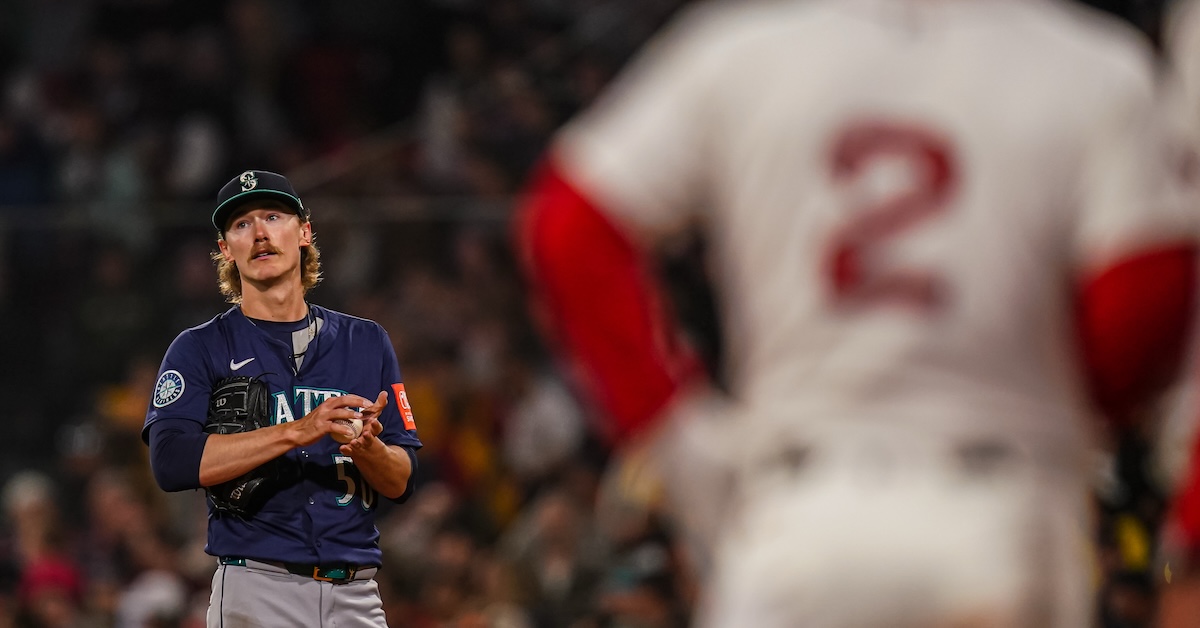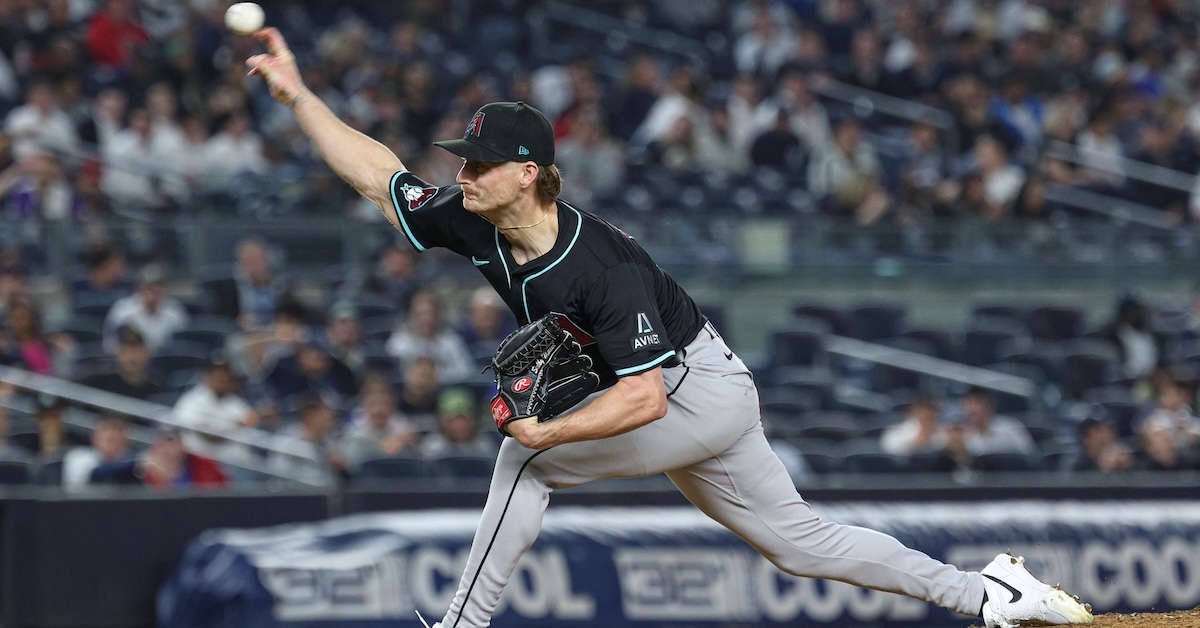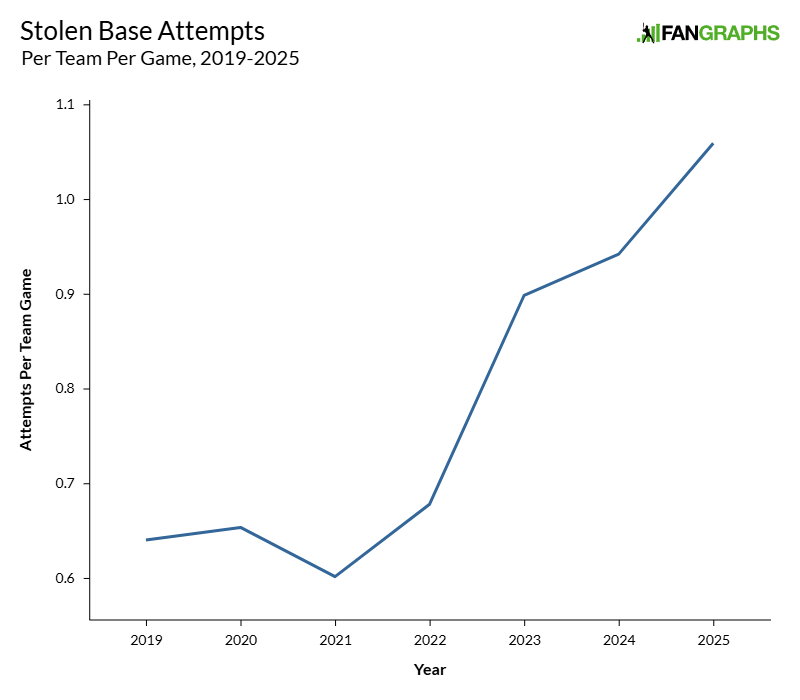It’s Been a Very Good Year for Aaron Judge

You’re welcome, Yankees fans. Exactly one year ago today, I checked in on Aaron Judge while the slugger was in the throes of a season-opening slump. Though the Yankees were 16-8 when I wrote that piece, it was a dark time for Judge, who a few days earlier had heard a smattering of Bronx cheers while striking out four times on Aaron Judge Bobblehead Day and conceded with typical Jeterian diplomacy and humor, “I’d probably be doing the same thing in their situation.” He’d shown faint signs of turning things around since, combining a couple of days worth of hard-hit balls — including a double on April 23, his first extra-base hit in 10 days — with the apparent end of a strikeout spree, but he wasn’t out of the woods.
In the year since, Judge has put together what might be the best offensive performance any of us has seen. He not only recovered from his slump, he went on to hit 58 homers, win his third home run title and American League MVP award, help the Yankees to their first World Series since 2009, and secure his place in the pantheon of the game’s greatest hitters. What do you even do with these numbers besides gawk?
| Split | G | PA | HR | RBI | AVG | OBP | SLG | wRC+ | WAR |
|---|---|---|---|---|---|---|---|---|---|
| 2024 Through April 23 | 24 | 108 | 3 | 11 | .180 | .315 | .348 | 91 | 0.1 |
| 2024 From April 24 | 134 | 596 | 55 | 133 | .349 | .484 | .768 | 242 | 11.1 |
| 2025 Through April 23 | 25 | 113 | 7 | 26 | .415 | .513 | .734 | 258 | 2.5 |
| Past 365 Days | 159 | 709 | 62 | 159 | .360 | .489 | .762 | 245 | 13.6 |
For sheer offensive impact as measured by wRC+, that performance would outrank any AL/NL season — even Barry Bonds’ best:
| Player | Team | Season | PA | HR | AVG | OBP | SLG | wRC+ |
|---|---|---|---|---|---|---|---|---|
| Aaron Judge | NYY | 2024-25 | 709 | 62 | .360 | .489 | .762 | 245 |
| Barry Bonds | SFG | 2002 | 612 | 46 | .370 | .582 | .799 | 244 |
| Barry Bonds | SFG | 2001 | 664 | 73 | .328 | .515 | .863 | 235 |
| Babe Ruth | NYY | 1920 | 615 | 54 | .376 | .533 | .849 | 234 |
| Barry Bonds | SFG | 2004 | 617 | 45 | .362 | .609 | .812 | 233 |
| Babe Ruth | NYY | 1923 | 699 | 41 | .393 | .545 | .764 | 225 |
| Ted Williams | BOS | 1957 | 546 | 38 | .388 | .526 | .731 | 223 |
| Aaron Judge | NYY | 2024 | 704 | 58 | .322 | .458 | .701 | 218 |
| Babe Ruth | NYY | 1921 | 693 | 59 | .378 | .512 | .846 | 218 |
| Mickey Mantle | NYY | 1957 | 623 | 34 | .365 | .512 | .665 | 217 |
| Ted Williams | BOS | 1941 | 606 | 37 | .406 | .553 | .735 | 217 |










